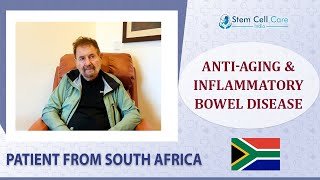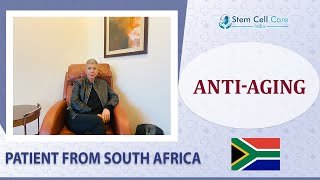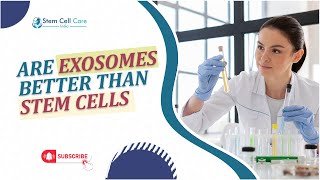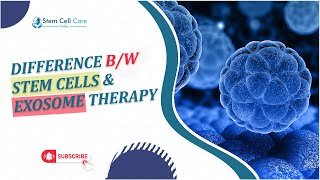Table of Contents
The utmost research in medical science has led to a non-invasive and less painful alternative treatment known as stem cell therapy in India, to treat numerous conditions like liver disease, eye conditions, and many more. Many conditions have been given hope through stem cell therapy, which has been hailed as an innovative medical treatment. However, a common concern among potential patients is whether the process is painful. To find out more about stem cell therapy and if it is the best option for your condition, continue reading.
Overview of Stem Cell Therapy
Stem cell therapy includes the use of stem cells to promote the regeneration, repair, or replacement of damaged tissues. These cells are very adaptable and crucial in medical treatments because they can change into different kinds of body cells. These cells are commonly derived from bone marrow, adipose tissue, and umbilical cord blood.
Types of Stem Cells Used in Therapy
- Autologous Stem Cells: These cells are derived from the patient’s own body, commonly from bone marrow or adipose tissue. This type reduces the risk of immune rejection and complications.
- Allogeneic Stem Cells: These types of cells are sourced from a donor, often from umbilical cord blood. They are screened and matched to minimize the risk of rejection.
The Procedure: What Can You Expect?
Stem cell therapy involves several steps that are listed below:
- Preparation
Before undertaking stem cell therapy, potential patients usually undergo a thorough examination, including a medical history, a physical examination, and necessary imaging studies. This helps the medical team identify the suitability of the process and the best source of stem cells.
- Harvesting Stem Cells
This process, which includes obtaining stem cells, varies based on the source:
Bone Marrow Aspiration: This is demonstrated under local anesthesia and sometimes sedation. A needle is inserted into the pelvic bone to withdraw bone marrow. Patients might feel pressure and a little discomfort, but pain is reduced by anesthesia.
Adipose Tissue Extraction: This sourcing is done through a minor liposuction process. Local anesthesia is administered, and a small amount of fat is extracted from areas like the abdomen or thighs. This discomfort is the same as that of a standard liposuction procedure.
Umbilical Cord Stem Cells: These cells are harvested from donated umbilical cords following healthy births. Due to this does not include the patient directly, there is no pain associated with the harvesting process.
- Processing and Injection
After harvesting, stem cells are processed and concentrated. They are then injected inot the targeted area, like a joint, muscle, or spinal disc, under imaging guidance to make sure accurate delivery. Local anesthesia is usually administered to numb the injection site, minimizing pain during the procedure.
Pain and Discomfort: During and After the Procedure
During the Procedure
- Local Anesthesia: This is commonly used during harvesting, and injections help to reduce pain. Patients may feel pressure or mild discomfort, but typically not sharp pain.
- Sedation: For more extensive procedures like bone marrow aspiration, sedation can be offered to ensure patient comfort.
After the Procedure
- Quick Post-Procedure: These patients may experience mild to moderate soreness at the injection or harvesting site. This is commonly manageable with over-the-counter pain relievers.
- Recovery Period: This soreness typically subsides within a few days. Patients are often advised to avoid strenuous activities for a limited period of time to allow for proper healing.
Managing Discomfort
- Pain Medications: These are over-the-counter pain relievers that are commonly sufficient to manage after-procedure distress.
- Ice Packs: You can also apply ice packs to the affected area, which can help minimize swelling and soothe pain.
- Taking Rest: Taking enough time to rest can help the body recover by avoiding heavy lifting or vital exercise, which helps in the healing process.
- Follow-Up Care: Routine follow-up appointments ensure that any issues are promptly addressed and that the healing procedure is monitored.
The Concluding Thoughts
Stem cell treatment is typically well-tolerated with minimal pain and discomfort associated with the process. The use of local anesthesia and, if necessary, sedation helps to ensure patient comfort during both the harvesting and injection phases. After the best stem cell therapy in Delhi, soreness is commonly mild and temporary, easily managed with standard pain relief methods. While stem cell treatment may involve a little discomfort, it is usually minor and short-lived. The therapeutic benefits it offers demonstrate it as a promising option for many patients seeking alternatives to other interventions. If you wish to learn more about stem cell therapy, contact Stem Cell Care India and book an appointment with their consultant today!








